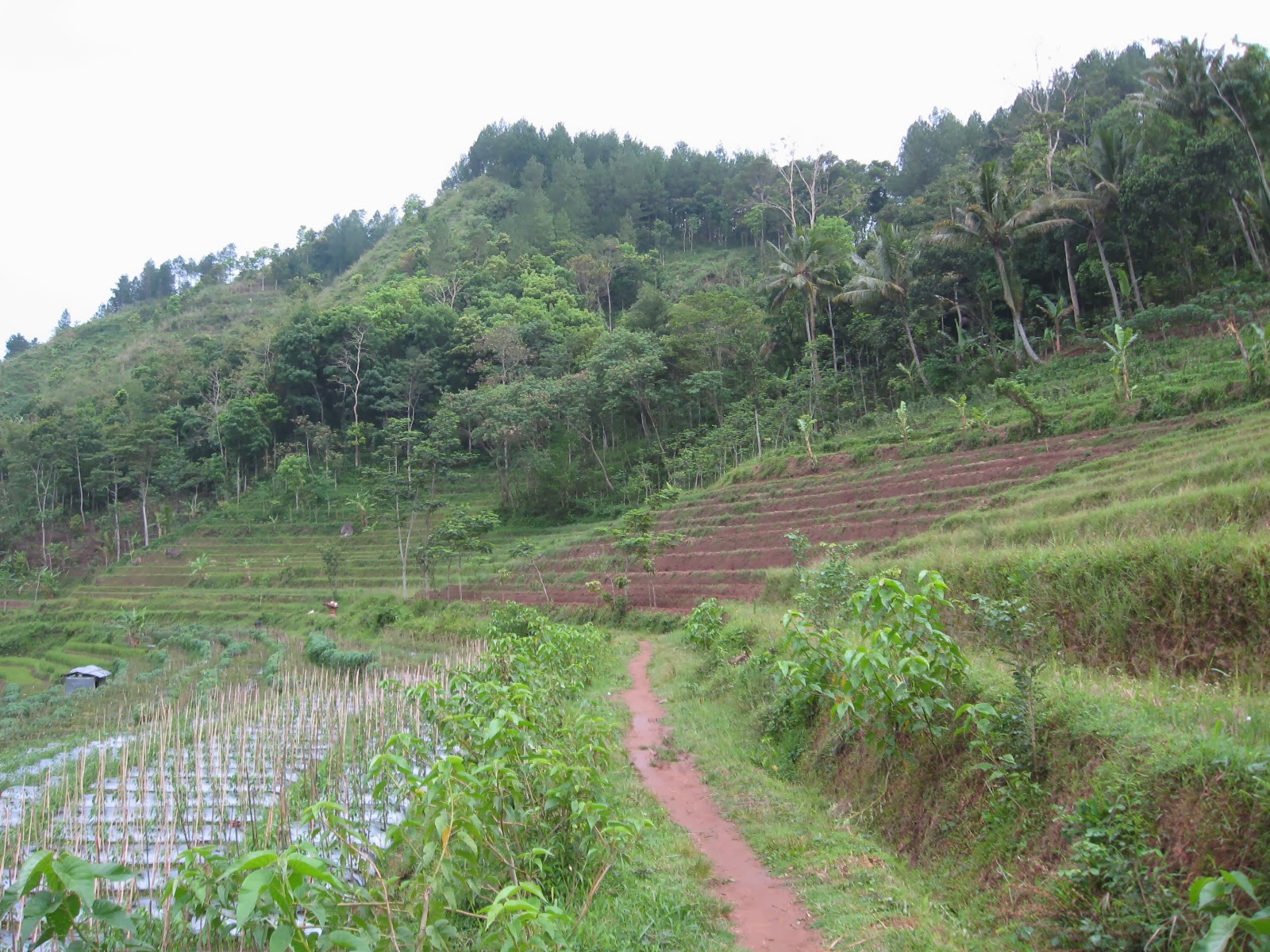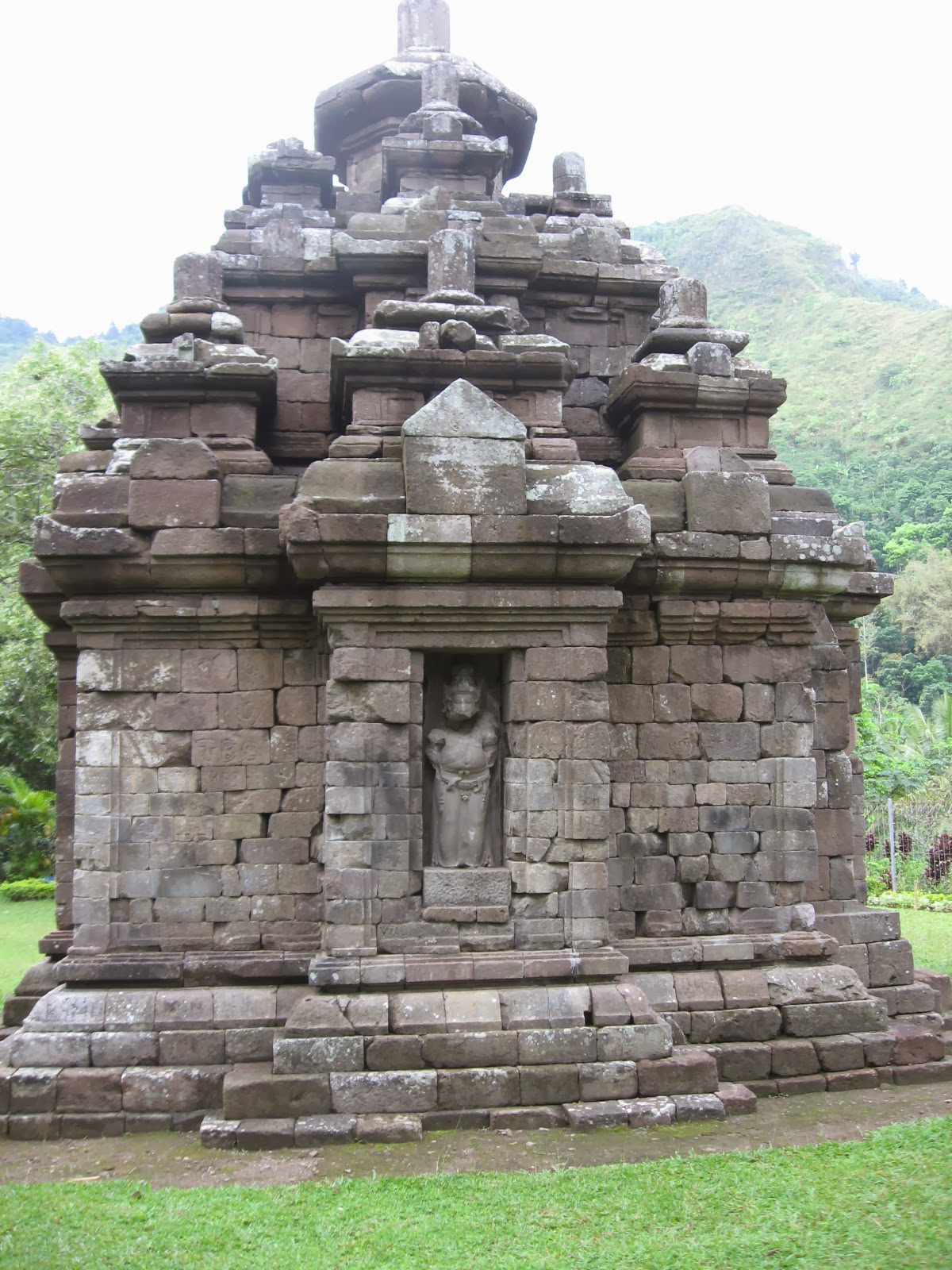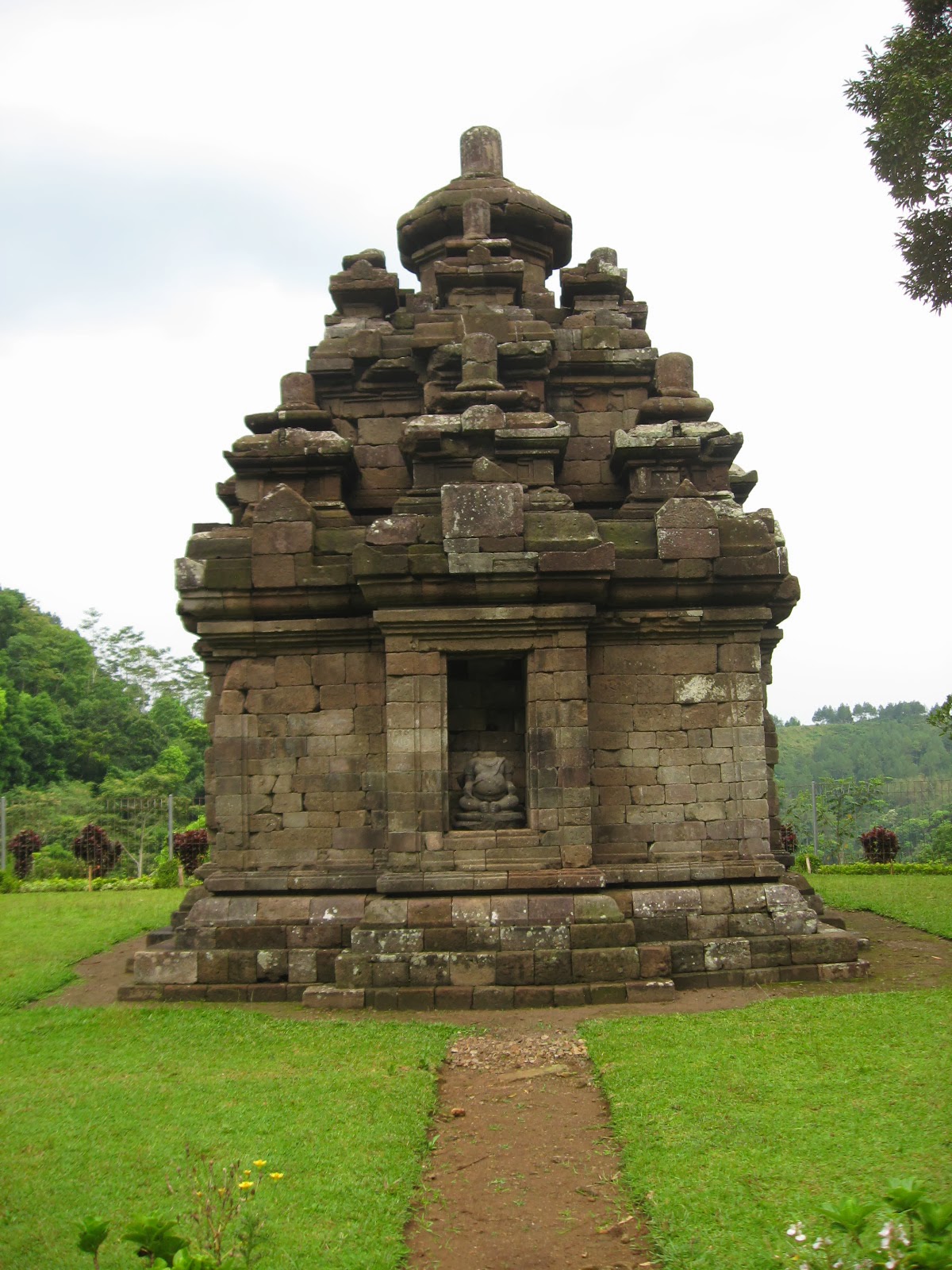 |
| SUNMORI stands for SUNday MORning RIde. |
Last night I got a text from my mechanic friend that there was going to be a public meet-up and ride for custom motorcycles, starting at 7:30 this morning. I figured, why not? I wake up at five every day anyway. I spent more time figuring out which motorcycle I was going to ride than whether I was going. (I should have spent some of that time shopping for a camera, since I took a bunch of pictures with my crap phone and they, predictably, came out crappy. Apologies in advance.)
I left early, because the ride started at a resort on the outskirts of town, and I'd never been there before. I ended up getting there really early; there were probably somewhere between twelve and twenty riders already parked when I arrived. This ended up being really cool, and if they hold this event again, I think I'll show up even earlier. For one thing, I got to photograph a ton of sweet bikes, which the organizers sorted by category in the parking lot.
My motorcycle fell into the category of "Classic Sport," which seemed to be defined as a category of motorcycles which had originally been lightweight, Japanese standards before being extensively modified.
 |
| Like these ones! |
 |
| And these ones! |
 |
| Pictured: Your typical cafe-racer. |
 |
| From left to right: An atypically-ornate cafe-racer, a japstyle, and a scrambler. |
 |
| Like this one! |
There was a second category, called "Antik," (Indonesian for "antique") that was largely indistinguishable from the "Classic Sport" category. All but one of them were extensively-modified Japanese motorcycles with clutch levers.
 |
| Pictured: Lightweight, Japanese standard motorcycles after extensive modifications. |
 |
| Pictured: Motorcycles with frames aged 10-30 years and engines aged 5-15. |
 |
| Pictured: Four motorcycles, one coat of paint. |
 |
| Pictured: Two and a half motorcycles, one coat of paint. |
 |
| Pictured: A genuine antique. |
Another category that seemingly had a lot of overlap was the "CB" category. Every motorcycle in this category was a Honda CB. Many of the "Classic Sport" and "Antik" motorcycles were originally Honda CBs, and with CB frames or engines, were likely still listed as CBs on their registration paperwork. However, the motorcycles in the "CB" category all still had both the original, unmodified CB frame as well as the original CB engine bearing no outward signs of modification.
 |
| Pictured: Five Honda CBs |
Most of them still had original CB tanks, wheels, and fenders as well. Instead, these motorcycles distinguished themselves as custom bikes by having unique paint jobs, custom seats, and/or aftermarket accessories like lights or mirrors.
 |
| Pictured: Unique paint jobs, custom seats, and aftermarket accessories. |
Another popular category, one which hardly needs an introduction, was the "Vespa" category. In some ways, the Vespa is well-suited to Indonesia, where most roads are narrow and most people are small, and where custom motorcycle culture thrives. Despite that, the Vespa is not as quite as popular as one would expect given those considerations.
One reason for this is scarcity. Both the motorcycles themselves and the aftermarket parts used to customize them are fewer in number and far less varied. This drives up the price without improving the product. As a result, the Vespa is not much cheaper than any of the three foregoing categories, but it lags behind all of them in performance.
Nevertheless, today's Vespa riders added welcome variety into the mix and brought some nice-looking bikes to the event.
In contrast to the European imports and styles popularized by Japanese and American motoryclists, the next category brought a uniquely Indonesian flavor along for the ride. The "Classic Bebek" category consisted of bikes modified from various models of Indonesian-assembled "motor bebek." Literally translated, this means "duck motorcycle." While these motorcycles are designed and engineered by Japanese companies, the ones sold in Indonesia are built in Indonesian factories.
 |
| Pictured: Motorcyclists who have all their ducks in a row. |
The motor bebek has two distinguishing features. First, neither the front side nor the underside of the motor is connected to the frame in any way; only a single, thick tube connects the front of the motorcycle to the midsection, and it runs above the motor. Second, the transmission on a motor bebek is semi-automatic. The rider selects gears manually, but the clutch engages automatically while stopping or shifting gears. Stock versions of the motor bebek hide the characteristic frame and motor from view with large plastic fairings. Some custom enthusiasts decorate these with eye-catching colors or designs.
Others prefer to discard them entirely, in favor of either a raw, simplified look or aftermarket accessories made of metal and chrome.
Both the bikes themselves and a wide variety of aftermarket parts to complement them are ubiquitous in Indonesia. Many of them are reasonably-priced, even by Indonesian standards. A patient person could pick one up, use it for day-to-day transportation, and gradually turn it into a unique custom creation by slowly adding aftermarket parts as things break or wear out. The "Custom Bebek" category allows the average Indonesian to enter the world of custom motorcycles.
At the opposite end of the spectrum from the small, affordable motor bebek, we have the "VIP" category.
 |
| Case in point: none of the "Classic Bebek" riders are going to arrest anyone. |
The "VIP" category was open to any imported, large-displacement motorcycle, but aside from the outlier Suzuki pictured above, it was largely occupied by Harley-Davidsons.
 |
| In case you've never seen a movie or TV show with motorcycles in it, these are Harleys. |
The majority of the VIP motorcycles did not actually look like custom motorcycles to me. The Harley-Davidsons pictured above seem to be full-dressers in factory trim, although being Harley-Davidsons, it's always possible that they were customized with aftermarket lights, bags, or other accessories. Two of the Harleys were quite obviously not stock motorcycles: one had a custom paint job, and one had undergone some more serious modifications.
 |
| Pictured: Custom paint. Also pictured: My personal favorite of the day. Not pictured: Actual military hardware. |
 |
| This Harley has a few modifications in common with the "chopper" style, though not all. |
Finally, the "VIP" category was home to a European import as well, this Ducati:
 |
| One of these things is not like the other ones. |
There were a few smaller niche categories as well. One, the "Minibikes," was smaller in the most literal way.
 |
| Or maybe they're just very far away. |
Some of the minibikes were just regular bicycles that had been equipped with engines from old motor bebeks. Others were entire small motorcycles custom-built around an engine.
Another of the niche categories was for modern sportbikes, most of which did not appear to be customized in any way.
 |
| Although the one in the immediate foreground is sporting some sweet hand-welded crash bars. |
There were two additional categories which I did not photograph. One, the "All Bikes" category, featured common Indonesian motorcycles with a handful of aftermarket parts or unique paint jobs. I didn't bother to photograph these before the ride started, because I see bikes like them all the time, and then regretted it, because anyone outside of Indonesia doesn't see bikes like them all the time. The other consisted of all the motorcycles ridden by women, which were placed in a separate "Girl Riders" category. Any one of these bikes would have looked fine alongside a group of bikes of its style, but as a group, they were a bit underwhelming.
In addition to all of the above motorcycle photography, arriving early gave me an opportunity to socialize with other riders, which I enjoyed. One of them enjoys going to basketball games at my school. Another shared a laugh with me about the fact that he is an Indonesian man who rides American motorcycles, while I am an American man who rides Indonesian motorcycles. For most of this time, traffic was sparse, and the event staff were also able to socialize, take pictures of bikes, and take pictures of anyone who wanted them, in front of a big sign. The morning air was still reasonably cool. It was just a nice time to be out.
Around the time the ride was scheduled to start, traffic increased a bit. More and more riders arrived. A car and a truck, parked at the wrong end of the lot, found it slow going to get back out. The truck was slowed further by a chicken walking in front of it, which refused to get out of the way. It took a full, concentrated effort to maneuver through the crowd and get the bikes parked in the right areas.
Then, at 7:45, riders just started pouring into the parking lot. Mixed groups riding various styles of bike came in together, and when one was directed to the back of the lot, everyone followed, forcing the organizers to run after them and ride them back to their spots, against the flow of traffic. Everyone stopped to stare when a uniformed club of Harley riders came roaring in at considerable speed, only to be followed by an out-of-town contingent riding every sort of bike imaginable. This was another highlight for me. It's fun to inspect a parked motorcycle, but even the really pretty ones look that much better in motion.
By the time the action died down a bit, the parking lot was crazy full of bikes and people.
Yet, despite something of a break in the action, the event staff were every bit as active, only now they were walking back and forth, talking to one another. I intuited that this meant we were going to head out soon, and I was right. People started filing back toward their own bikes and donning their helmets. Before long, one of the organizers raised both of his hands above his head and put his palms together. At that point, something magical happened.
The sound of hundreds of motorcycles starting at once cannot be equaled by any other work of man, and though nature may produce sounds as awesome, it offers nothing identical. Electric starter motors add something creaky and grinding, which can contaminate the sound, but in Indonesia, custom motorcycles rarely have electric starters. Plus, there is something more emphatic, more satisfying, about kicking a motor to life. The energy created by a hundred people doing it at once is indescribable. For a moment, I understood extroverts, and how they could be invigorated by crowds. If crowds would just spend hours kick-starting motorcycles, I too could be an extrovert!
I could tell I was not the only one excited by the experience of the sound. Riders around me moved anxiously in their seats and revved their motors aggressively, in beats and staccato rhythms, trying to maintain the level of energy. We were ready to go. It was only a few moments before the ride was on in earnest. The Harleys and other VIPs were the first out, followed by the girls, the minibikes, and the bebeks.
After that, it was a line of Vespas. When they rolled out, I noticed something interesting. A few of the Vespa riders were wearing GoPro cameras. These riders, and only Vespa riders, had simply bolted a small GoPro stand onto the tops of their helmets. I was surprised. The simple, effective DIY solution was Indonesian to the core, and not a shock. And GoPros are a part of motorcycle culture, so that didn't throw me either. I thought it was really weird that only the Vespa riders had them, though.
Following the Vespas and their GoPros were the "Antik" riders. After them it was the CBs. Then the rest of the "Classic Sport" riders and I had our turn. The ride itself ended up being a totally casual ride. We started out on the outskirts of town and took a somewhat-circuitous route to a destination near the center of town. A few of the streets were high-traffic streets, but most were streets that only have light traffic on Sunday mornings.
The pace of the ride was easy. It was especially easy on my bike, which is custom inside and out. The motor makes a lot more torque than stock, so I can just pick a gear and ride without having to shift up and down. As long as I was in third, fourth or fifth I was good to go.
I hardly had my hand on the clutch for the whole ride. There were scooters with camera-wielding passengers along the route, constantly taking video and photos. It was a bit like the Tour de France, only on this tour, the bikes can pass the scooters with ease. Between posing for the cameras and using hand signals to help out the torque-deprived riders behind me, my left hand had other things to do.
It was not long until we reached the finish. We parked around the city's soccer stadium, and gathered in an old, disused stadium. Coffee, tea, and filtered water were served. There were also a few MCs speaking into a mic, and a small number of musicians playing.
 |
| Foreground: MCs. Background: Musicians. |
I could not understand the MCs (or really even distinguish the individual syllables) and I could barely hear the music, so I spent more time socializing and photographing bikes. I also posed for a very small number of pictures, about five over the course of the whole event. This was actually a huge highlight for me. I was the only white person there. Normally at an event like that, there would be at least five people an hour wanting to take a picture with me. It was cool to be surrounded by people with the same interest as me, who would rather be staring at the motorcycles.
I felt kind of bad for the models that were there. They were posing with some of the motorcycles.
 |
| Pictured: A Muslim motorcycle-model |
I don't know why they would have models posing with the motorcycles. I also don't know why the model pictured above did more posing than the other one I saw. The second girl mostly just sat there. Both of them had a large group of people around them taking pictures, and both faced away from the group and ignored the photographers more or less entirely, which also struck me as odd. Perhaps models interact with the camera differently in different cultures.
 |
| Pictured: A model and four of the photographers she's almost interacting with. Not pictured: The four other photographers out of the frame to the left that she's not interacting with at all. |
Overall, I really enjoyed the experience, and I would like to go on another group ride.



































